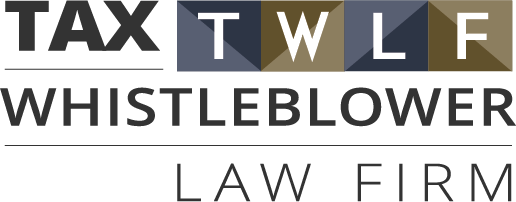Taxes and the Presidential Race
/With the popular vote for President looming, there has been great debate over each candidate’s tax policy and the potential impact of their proposals. This blog has even attempted to outline the tax policies and provide analysis of the proposals.
Recently, as found in this Forbes article, the candidates had their tax advisors debate their respective policies at the Tax Policy Center sponsored debate on October 13, 2016.
As summarized by Forbes, Clinton’s plan would: “create new subsidies for working families that are caring for aging parents or children or have large medical expenses, significantly raise taxes for high-income households and businesses, and only modestly reduce the deficit. See Tax Policy Center’s analysis of the Clinton tax plan.
Contrasting this is Trump’s plan, as summarized by Forbes, would: “reduce revenue by $6.2 trillion over 10 years, without accounting for macroeconomic effects and added interest costs. It would cut taxes for most households, but focus the great bulk of its tax reductions on the highest income households. Under his plan the highest income 1 percent of households would enjoy nearly half of the benefits of his tax cuts.” See Tax Policy Center’s analysis of the Trump tax plan.
Criticism of Donald Trump’s Plan:
According to a NYU tax law professor’s paper, Lily Batchelder’s, Trump’s plan would increase the tax liabilities of “millions of low and middle income families with children [namely, 7.8 million families with minor children], with especially large tax increases for working single parents” See also this Washington Post article outlining the problems with Trump’s plan.
Ms. Batchelder’s position is that by removing personal exemption in Trump’s plan, Trump’s plan would actually increase the tax burden on married persons with at least 3 children, and unmarried persons with 1 child. She also argues that removing the head of household status would increase the tax burden on unmarried persons with one dependent. In addition to removing the personal exemption and head of household filing status, Ms. Batchelder argues that the bracket increase of the lowest tax bracket would increase the tax burden on all taxpayers for the first “$9,000 to $18,000 of their taxable income. Finally, Ms. Barchelder discredits the Trump plan’s estimate of saving because as she argues the deduction and credit for child care won’t be effective for low and middle income families because even with the deduction and credit, the deduction and credit fail to compensate the families for the increased tax burden attributable to the other Trump proposals.
Contrasting Ms. Batchelder’s position is Steven Miller’s (Trump national policy director) analysis, which can be found in the Washington Post article. According to Mr. Miller, Ms. Batchelder’s analysis fails to properly account for the $500 per child match for child care credit proposed under the Trump plan. Mr. Miller also states that another error in Ms. Batchelder’s analysis is that it fails to account for the “effects of the tax-free spending on both children and elderly dependents that is addition to either the new deduction or those in the current law.” Mr Miller also stated that the Ms. Batchelder’s analysis fails to account for the benefits to economic growth which will be generated by the Trump plan. Finally, Mr. Miller stated that the Trump plan would instruct the the Congressional committees implanting the changes to ensure that the Trump plan does not raise the taxes on law or middle income earners.
Criticism of Clinton’s Tax Plan:
While analysts have stated that the Clinton plan would increase taxes on the rich and big business, one key criticism is that the Clinton plan would further complicate the tax code instead of making the tax code simpler. See this NY Times article. As stated in the article, Clinton’s plan wouldn’t eliminate the loopholes, which Trump has taken advantage of (allegedly not paying taxes on his income due to carryover losses, see this NY Times article).
Another criticism of Clinton’s plan it that it isn’t a sweeping overhaul of the tax code. As stated by Alan Cole, an economist with the Tax Foundation policy center, “It‘s more tinkering at the edges,I wouldn’t call it reform. There aren’t any major reformulations to make the code simpler or fairer. It’s basically just a tax increase” for the top income bracket. See this NY Times article. Clinton’s plan also fails to address the corporate tax rate (at 35%, one of the highest in the developed world) and proposes a change to capital gains to encourage corporate governance changes instead of addressing corporate governance through targeted legislative policy changes. See this NY Times article.
Conclusion:
No matter which candidate you support, there are two stark contrasts to their tax policies: One is choosing to tax the über rich while keeping most of the existing taxing structure and using the additional revenue for social programs [CLINTON]. While the other candidate is choosing to lessen the burden on the top to spur economic growth, and instead place the burden on the middle and lower class [TRUMP].
The question that continues to loom is how will these policies affect the IRS and their enforcement of the code, post-election.
If you know of someone not paying their taxes (a minimum of $2,000,000 in taxes) and want to report the individual/corporation for this failure, Contact us to file a claim for an award from the IRS. The IRS will pay an award (between 15-30% of the taxes collected) for specific and credible information the IRS uses in assessing additional tax liability against taxpayers.

